Search Results for: Forests
Skip to resultsCan’t find what you’re looking for? Visit our FAQ page.
5,526 results for: Forests
-
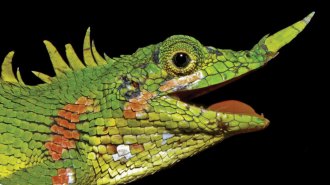 Animals
AnimalsA nose-horned dragon lizard lost to science for over 100 years has been found
It’s now known that a Modigliani’s lizard, first found in 1891 in Indonesia, is bright green but can shift shades like a chameleon.
-
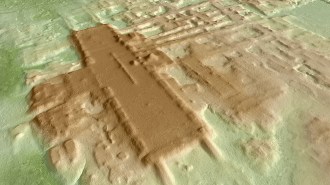 Humans
HumansLidar reveals the oldest and biggest Maya structure yet found
A previously unknown Maya site in Mexico, called Aguada Fénix, adds to evidence that massive public works may have preceded kings in the civilization.
By Bruce Bower -
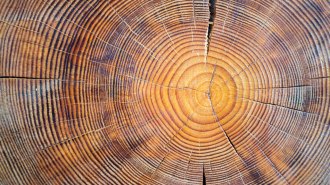 Climate
Climate‘Tree Story’ explores what tree rings can tell us about the past
The book "Tree Story" explains how scientists decipher tree rings to discover clues about past climates and ancient civilizations.
-
 Earth
EarthUp to 220 million people globally may be at risk of arsenic-contaminated water
A new world map highlights possible hot spots of arsenic contamination in groundwater.
-
 Health & Medicine
Health & MedicineCOVID-19 case clusters offer lessons and warnings for reopening
As restaurants, offices and other businesses open, trends in where and how COVID-19 transmission is happening could help guide re-entry strategies.
-
 Life
LifeHow much space does nature need? 30 percent of the planet may not be enough
Nations are drafting a plan to protect 30 percent of Earth by 2030 to save biodiversity. The number reflects politics more than scientific consensus.
-
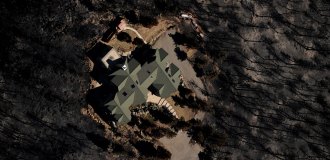 Climate
ClimateHow to protect your home from disasters amplified by climate change
How people can make their homes and communities more resilient to the effects of climate change, including floods, fires, heat and drought.
-
 Psychology
PsychologyA simple exercise on belonging helps black college students years later
Black college freshmen who did a one-hour training on belonging reported higher professional and personal satisfaction years later.
By Sujata Gupta -
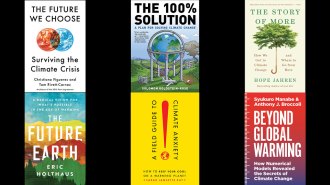 Climate
ClimateThese 6 books explore climate change science and solutions
Science News staff read recent books about climate change to help guide you to which ones you might like.
-
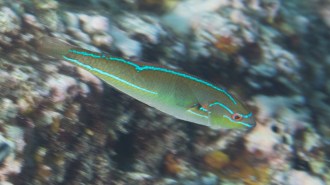 Ecosystems
EcosystemsWarming water can create a tropical ecosystem, but a fragile one
Tropical fish in a power plant’s warm discharge disappeared with the plant’s shutdown, giving insight into ecosystems’ reaction to temperature shifts.
By Jake Buehler -
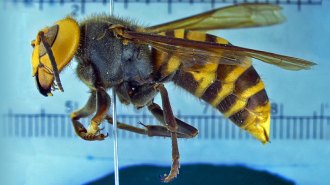 Life
LifeMore ‘murder hornets’ are turning up. Here’s what you need to know
Two more specimens of the world’s largest hornet have just been found in North America.
By Susan Milius -
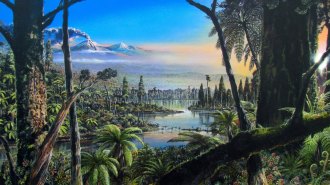 Earth
EarthRoughly 90 million years ago, a rainforest grew near the South Pole
A forest flourished within 1,000 kilometers of the South Pole, probably because of high atmospheric carbon dioxide levels and an ice-free Antarctica.